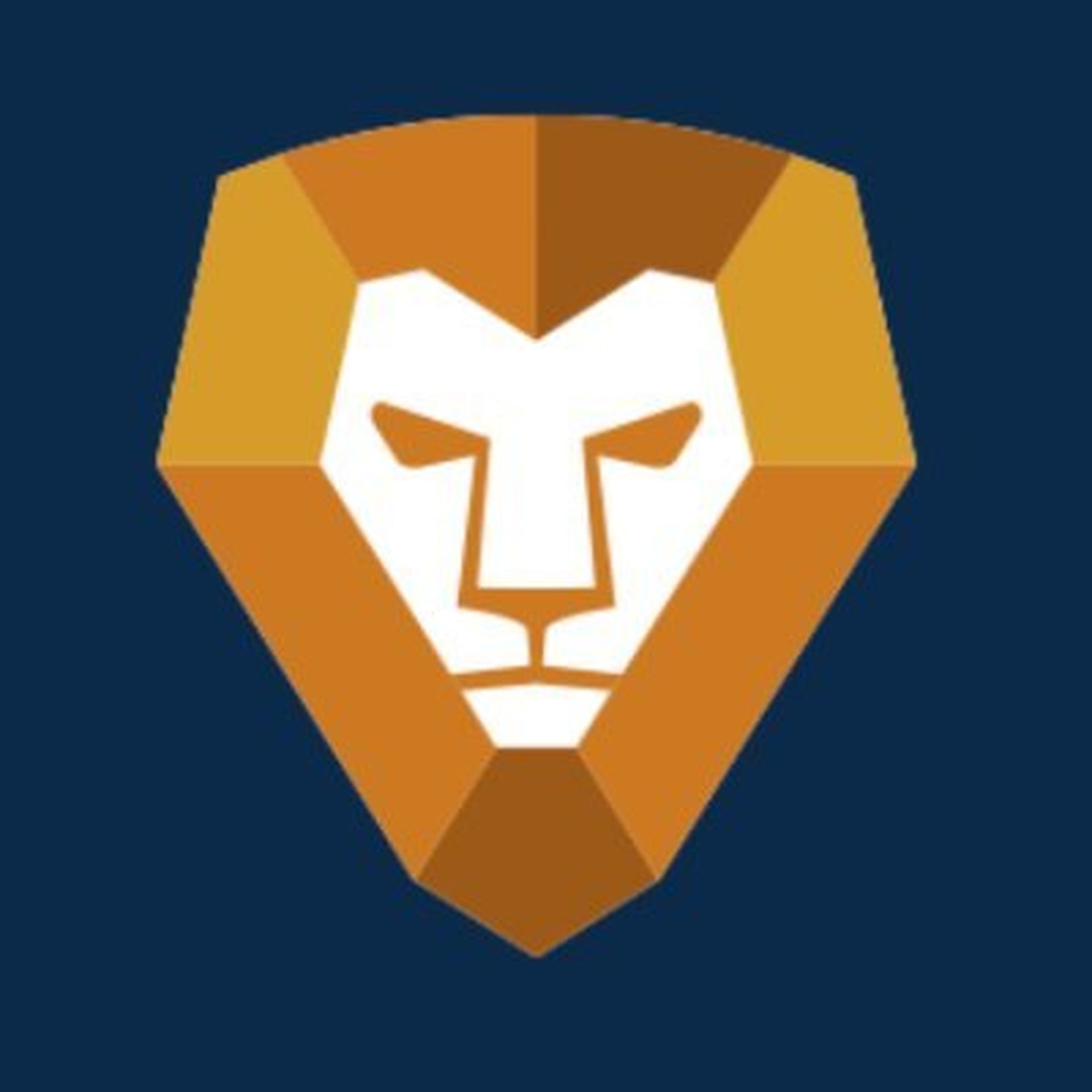Because consumers have become accustomed to instant gratification and have high expectations for customer service, Mean Time to Resolution (MTTR) is one of the most important metrics your MSP can track. We’re talking not just how long it takes someone on your team to respond to an issue, but the time your customer has to wait until the issue is resolved.
In 2020, Liongard’s Head of Partner Success, Kendrics Hawkins, set out to achieve a goal of improving resolution times and increasing customer satisfaction. Over the course of several months—and in the midst of the pandemic—Hawkins and his team decreased Liongard’s MTTR to an astonishing 30 minutes. Hard to believe, right? But they did it, and the benefits of fast and effective resolutions became incredibly clear.
Benefits of Shorter Resolution Times
A faster MTTR pays off on many levels, both externally and internally. Some of the benefits include:
- Better customer satisfaction (CSAT) scores
- More customer trust in your company
- More personable customer interactions
- Less stress when it comes to meeting service level agreement (SLA) terms
- Higher job satisfaction among your support team
- More time to address common questions at the core, whether educational or technical in nature
Conversely, a prolonged MTTR can not only drive customers straight to your competitors—it can also generate negative word-of-mouth and reviews that can haunt your company for years.
The key to improving resolution times? Setting your team up for success.
5 Ways to Up Your Support Game and Drive Down MTTR
If you’re struggling to resolve issues in a timely manner, or you’d like to continue improving your service, follow these tips to set your team up for success in decreasing time-to-resolution.
1. Embrace live chat support. Chatting provides customers the best of both phone and email support—they get in touch with someone right away, but they don’t have to completely stop what they’re doing to pick up the phone.
It’s also the single biggest factor that has contributed to Liongard paring down its average resolution times to 30 minutes—and the preferred communication method of its help desk staff. When Hawkins started transitioning his team from email and phone to chat support, within two weeks everyone on the Partner Success team wanted to make the shift to 100% chat.
While you can certainly switch to a phone, email or Zoom call to troubleshoot certain issues or provide instruction, as Liongard does, initiating tickets via chat has proven to be the way to go.
2. Schedule and staff strategically. To achieve a lower MTTR and utilize the highly desirable chat medium, ensure you have enough staff scheduled to answer questions live during business hours. Otherwise, there’s no difference between leaving a message in chat versus sending an email.
As the Liongard team adapted to using chat, because it provided such convenience and efficiency, Hawkins found he only needed to add staff when the company experienced growth. You may very well find this to be the case for your MSP, as well.
3. Don’t forget the training! Chatting etiquette differs greatly from phone or email etiquette. People interpret things differently, on both ends of a chat conversation, so make sure to line up training opportunities for your team. What might sound professional in an email comes off as robotic in a chat.
When Liongard started wading into the chat support waters, Hawkins and his team trained using classes offered by their chat vendor, as well as LinkedIn Learning courses. Experience plus the right training created an environment primed for success.
4. Make it fun. Chat provides your team the opportunity to be more personable with customers, which builds relationships naturally. Once everyone understands and embraces chat etiquette, make sure to put your time-to-resolution goals front and center—and let the friendly competition begin.
At Liongard, Hawkins keeps his team on their toes and the good vibes flowing by introducing fun incentives and performance bonuses. He’s even seen the team boasting and egging each other on via internal Slack channels, ever motivated to have the best CSAT score, response and resolution times, client commendations and more.
5. Put automation to work for you. Ridding your entire team of time-consuming manual tasks may be one of the easiest ways to get a leaner time-to-resolution. Using Liongard’s advanced automation, your team can:
- Automate documentation for a smoother onboarding experience. Having living, breathing, accurate data minimizes confusion in every department, including your help desk.
- Pinpoint what changed, when, with Liongard’s historical timelines, available from the minute you enable a Liongard Inspector. Your team can quickly locate when changes occurred and spend more time on the Why rather than the When.
- Set alerts that notify you of changes or issues before they become fires—and, often, before your customers need to call in for support. Any metric in Liongard can be customized to your team’s needs.
- Gain unified visibility into the IT stack so your team can put eyes on a customer’s entire infrastructure and provide more holistic service and support.
Improving your issue resolution time will be essential for providing A+ support in 2021. By setting your team up for success and utilizing Liongard’s automation for greater efficiency, this is one New Year’s resolution that we’re confident you can keep.
Schedule a Liongard demo to learn more about how our advanced automation can help your team decrease your ticket resolution time.
Guest blog courtesy of Liongard. Read more guest blogs from Liongard here.




